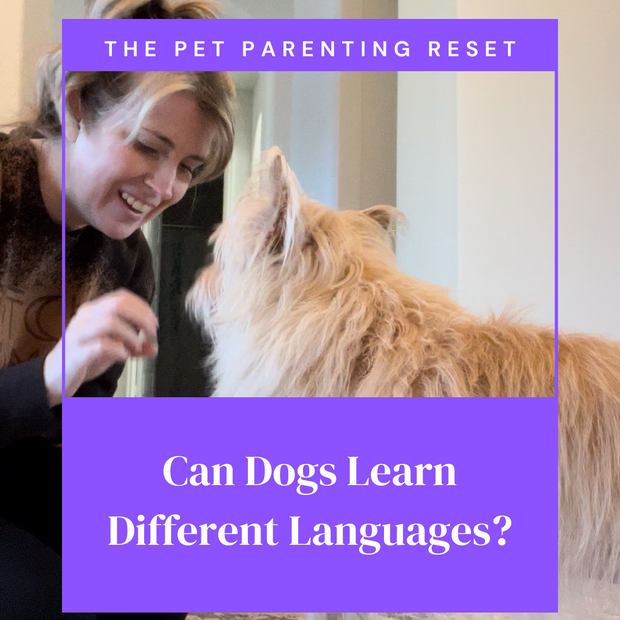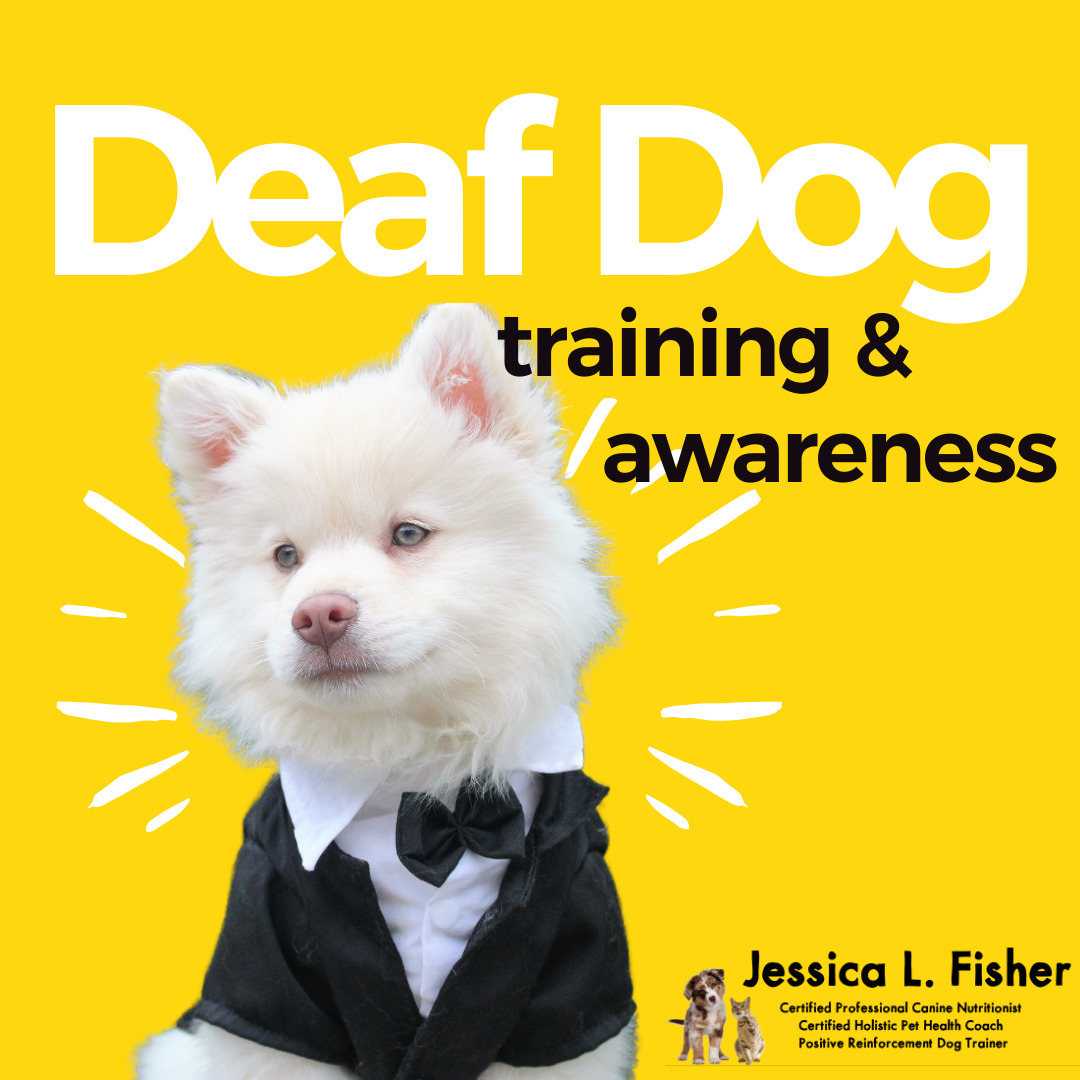When I saw this topic pop up in research for ideas to write about, I thought it would be incredibly intriguing because my mind thought “YES, of course!” right off the bat. Then I thought, of wait, maybe I should back that up!
When we adopted Kimberly, she had only ever lived in Mexico and had only ever heard Spanish. We noticed immediately that she didn’t quite recognize the words we were speaking to her, but my husband speaks a little Spanish, and she did recognize those words.
Six and a half years later and I often forget those first few months because she knows everything my husband and I say. My husband spoke Spanish to her the other day and she hesitated. Not surprising, since it’s been a very long time since she’s heard those words.
Verbal Language
As I mentioned, my dog knew the Spanish language when we adopted her.
Laura Cuaya, a researcher of ethology in Hungary, recently studied the MRIs of dogs hearing different languages and found distinctions in brain activity. She and her colleagues trained 18 dogs to lie in an MRI machine so they could scan their brains as they heard two different languages, Spanish and Hungarian.
According to an article from the Mercola Healthy Pets website, “It turned out that distinct activity patterns in the dogs’ primary auditory cortex occurred when they heard the speech and non-speech sounds. Distinct patterns in the secondary auditory cortex also occurred when different languages were heard. “The primary auditory cortex detects whether a sound is a speech or not,” Cuaya said in a news release. “Then, the secondary auditory cortex differentiates between a familiar and an unfamiliar language.”
Basically, the dogs do differentiate the languages as being different. Dogs are exposed to human language from the time they are born, and the more exposure they have, the more familiar they become with the language they hear on a regular basis. While we do not know exactly how dogs interpret the different languages, we do know that they recognize a difference.
Dogs are so closely bonded to their human companions that they can distinguish emotional patterns in their voice, as well as body language and facial expressions. Some dogs will even mirror their humans’ facial expressions.
Non-Verbal Language
As humans, we use quite a bit of non-verbal language, though for many people this can be much harder to read and understand, so we primarily use verbal language to communicate.
Other animals, including our beloved dogs, are much more adept at reading non-verbal cues. If you’ve ever lived with a dog, you’re no stranger to this concept, but did you know that our dogs can even read our intentions?
A paper published in Nature on September 1, 2021, titled “Dogs distinguish human intentional and unintentional action” shows us that dogs can distinguish between our actions and our intentions. There is one caveat to this, however, because the paper states “while dogs appear to understand humans’ communicative intentions, their concept of human goals appears to be based much more on trial-and-error learning.”
This means that dogs learn over time and repeated exposure to you as their guardian. When a new person is introduced, they will not necessarily understand that person’s intentions.
For example, when you accidentally step on your dog’s foot and apologize profusely, your dog, having known you for some time now, understands that you didn’t intend to step on them, which is why they don’t dwell on the incident.
Our dogs rely so much on what they learn about us over time that they actually stop trusting someone who lies, according to Dr. Becker on the Mercola Healthy Pets blog. According to the blog, “Research has also shown that dogs learn when a person is not trustworthy and no longer follow their commands.”
As a dog trainer, this is very important to get across to my clients. I teach people to honor, cherish and continually fill the cup of trust and bonding they have with their dog. They need to trust you as much as you need to trust them.
What I’ve Learned
After adopting Kimberly from Mexico, I’ve learned that verbal language isn’t something to only consider when thinking about humans, and the research supports this. I’ve also learned over the last 10 years or so training dogs that body language and intent, as well as our level of stress/calm has a huge impact not only on us but on our pets as well. Stay positive, stay consistent, and above all be kind.




